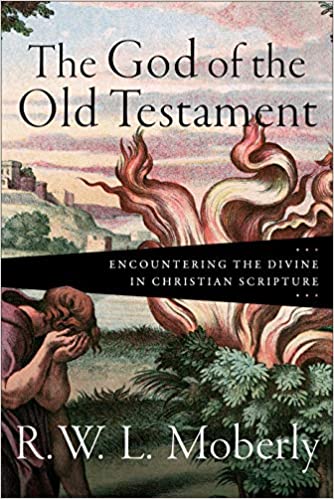Q. One of the things your discussion of the Cain story does is remind me that Hebrew is often allusive and elusive as well, since so many renderings are possible of a verse, not least if we think the vowel pointing may not be definitive but rather a later imposition on the text. How exactly does one avoid the paralysis of analysis, or say anything definitive or likely at all with a text that has so many possible renderings? If I’m asked to preach on a text like that, I’m likely to pass because the implications and applications are anything but clear or certain. And yet you seem to have various reasons for taking a particular line of interpretation of this controversial text. How come? Is this just because you have labored so long in the field of Hebrew that you can see a way to cut a straight path through the text, whereas those of us who have not spent as much time tilling that soil, find ourselves continually running into rocks and breaking the plow?
A. I’m not quite happy with your phrasing that vowel pointing may be “a later imposition on the text” and that this opens the way to possible paralysis because the text “has so many possible renderings”. The Masoretic pointing represents the expression of a long Jewish tradition of reading and interpreting the text, and in the vast majority of cases it unarguably represents the best reading. To be sure, it is not original to the ancient Hebrew text, but I don’t think that “imposed” is the mot juste. There are indeed places where one can query the Masoretic pointing and suggest a preferable alternative. But not only are these relatively few, but also the possibility of an alternative rendering does not imply “many possible renderings” which (if I may say so) is in most cases something of a rhetorical exaggeration!
I regularly tell students in my Hebrew classes – usually with reference to the regular openness of Hebrew syntax, the different possible senses of the connective waw, and the lack of modal verb forms – that context is crucial; i.e. they must go for an understanding of the verbal form and/or linkage that makes sense within the sentence as a whole, itself within the thought of the passage as a whole. When, as is sometimes the case, more than one rendering remains possible, then there is freedom to choose responsibly. In preaching terms, this means that one will be informed by one’s rule of faith (one’s sense of what makes Christian sense) in choosing; and if more than one reading is compatible with a rule of faith, then each is fine, and its suitability will be determined by factors relating to the context of preacher and/or congregation.
Despite all this – in the Cain and Abel story I am in a minority of modern interpreters in staying with the Hebrew text and pointing of the controverted Gen. 4:7. My reading is distinctive in that I try to show how the most likely sense of the Hebrew text and pointing is consistent with an overall reading of the story as a whole.













